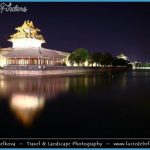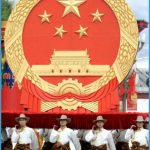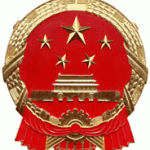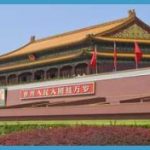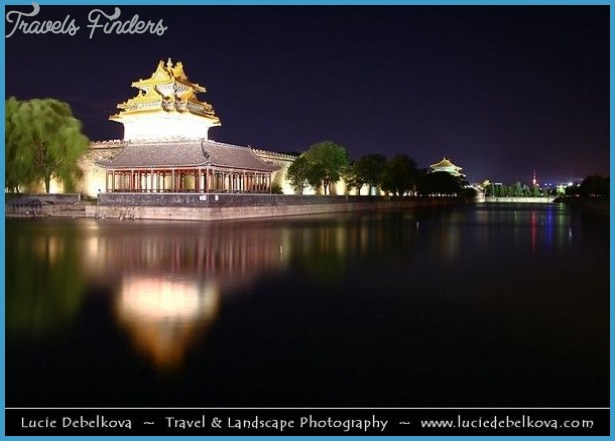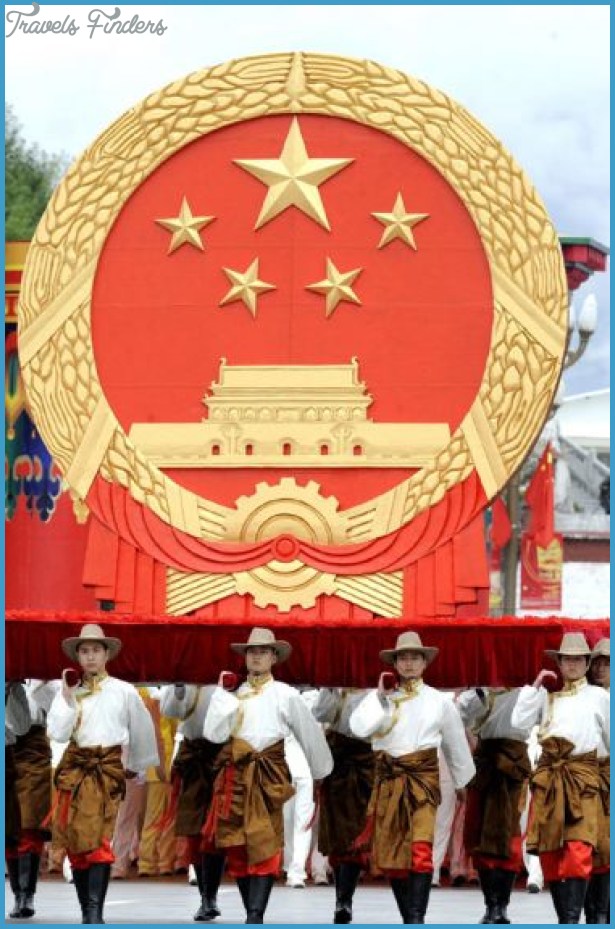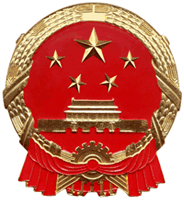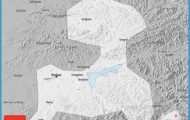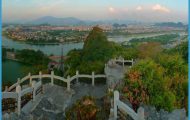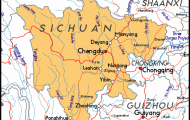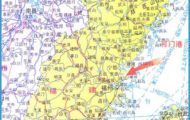Altitude: 52m/170ft. Area: 16,807sq.km/6487sq. miles Population: 7,450,000 (conurbation 10,940,000)
Beijing lies at 116°20’E and 39°56’N, in the north-west of the North China Plain, not far from the western slopes of the mountains of Yanshan, and about 150km/93 miles from the Bo-Hai Sea.
A dense network of roads, railways and airways connects Beijing with China’s other major cities.
Beijing, an autonomous city with the status of a province, is not only the political centre of the country, it also plays an outstanding part in the nation’s cultural, economic, scientific and academic life. Many trading and industrial firms are situated here. The most important educational and cultural institution include: nine colleges for the various sciences, the Academica Sinica, several universities (including the University of Peking founded in 1898; the University of Qinghua founded in 1911, and the People’s University founded in 1950), technological universities, numerous colleges and institutes (in particular the Central Institute for Nationalities and the Institute for Foreign Languages), and research establishments, as well as museums and libraries (including the Beijing University library with its ten million volumes and 22,000 periodicals), also the planetarium and the zoological and botanical gardens.
About 97% of Beijing’s population belong to the Flan race, but also included are Hui, Manchurians, Mongolians; other ethnic minorities also live here.
History China’s origins are lost in prehistoric times. The famous “Peking man” lived about 500,000 years ago in caves near Zhoukoudian, on the southwestern outskirts of the present day city.
According to the oldest existing document Beijing was founded some 3000 years ago under the name of Ji. It gradually gained importance as a trading centre. At the time of the warring states, (475-221 b.c.) the ruler of the Yan empire choose the town as his capital, hence, at that time the city was also known as Yanjing (capital ofthe Yan). This name is sometimes still used today.
Under the Qin dynasty (221-206 b.c.) the seat of government was transferred toXianyang (the present day Xi’an), and Ji became the military base and key traffic junction for the whole Chinese territory. Also under the Han (206 B.C. a.d. 220), the city remained as a bastion against the northern Nomadic tribes, who ruled here from time to time.
Under Tang rule (618-907) the city was called Youzhou. Between 916 and 1125 under the Liao dynasty, Ji was upgraded to become the second most important city in the Empire, known at this time as Nanjing (southern capital). The Jin declared it their capital in 1153, and named it Zhongdu (middle capital). They employed hundreds of thousands of labourers to build fortifications and palaces. In 1215 the city was destroyed by the Mongols. Their ruler Kublai Khan, founder of the Yuan dynasty (1271-1368), chose the city as his seat of government, had it reconstructed and named it Dadu (great capital). Dadu then became the political centre of the Chinese Empire. Marco Polo, who stayed here at that time, preferred in his description of the “wonders of the city” the Mongolian name Cambaluc (a transliteration of Khanbaliq, which means “City of Khan” in Mongolian).
At the beginning ofthe Ming dynasty, (1368-1644) Nanking became the capital, and Dadu adopted the name of Beiping (“northern peace”). The Ming Emperor Yongle (1403-24), made Beiping the capital, giving it its

